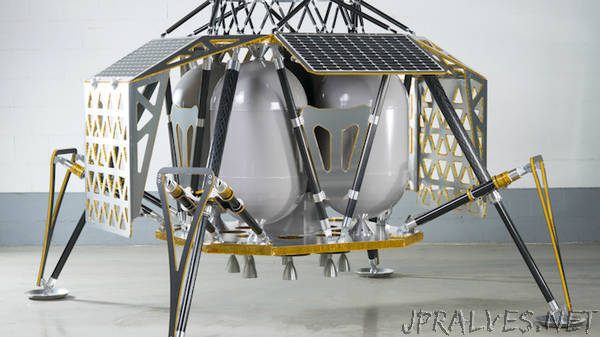
“There are parts of the world still without mobile service. But Nokia and Vodafone are bringing 4G coverage to the moon.
The first cosmic cellular network will support a planned lunar landing by private space company PTScientists.
Celebrating 50 years since Neil Armstrong’s small steps, the Berlin-based firm is scheduled to launch its Autonomous Landing and Navigation Module (ALINA) in 2019 aboard a SpaceX Falcon 9 rocket.
The capsule—designed to transport and land two Audi lunar quattro rovers—will also serve as an LTE base-station, allowing the smooth transfer of data and video back to Earth.
“This is a crucial first step for sustainable exploration of the solar system,” according to PTScientists CEO Robert Böhme. “In order for humanity to leave the cradle of Earth, we need to develop infrastructures beyond our home planet.”
The base station, fitted with Nokia Bell Labs’ space-grade ultra compact network, is expected to broadcast 4G using the 1,800 MHz frequency band. A live HD video stream of NASA’s Apollo 17 lunar roving vehicle landing site will be broadcast to the world.
“This important mission is supporting, among other things, the development of new space-grade technologies for future data networking, processing, and storage,” Marcus Weldon, Nokia chief technology officer and Bell Labs president, said in a statement. “[It] will help advance the communications infrastructure required for academics, industry, and educational institutions in conducting lunar research.”
A 4G network, according to Nokia, is far more efficient than the analogue radio signals currently in use.
“The great thing about this LTE solution is that it saves so much power, and the less energy we use sending data, the more we have to do science,” Böhme said.
Late last year, Donald Trump announced plans to send U.S. astronauts back to Earth’s satellite. Tech heavyweights Elon Musk and Jeff Bezos, meanwhile, are fighting their way to the moon via privately funded space firms.”
